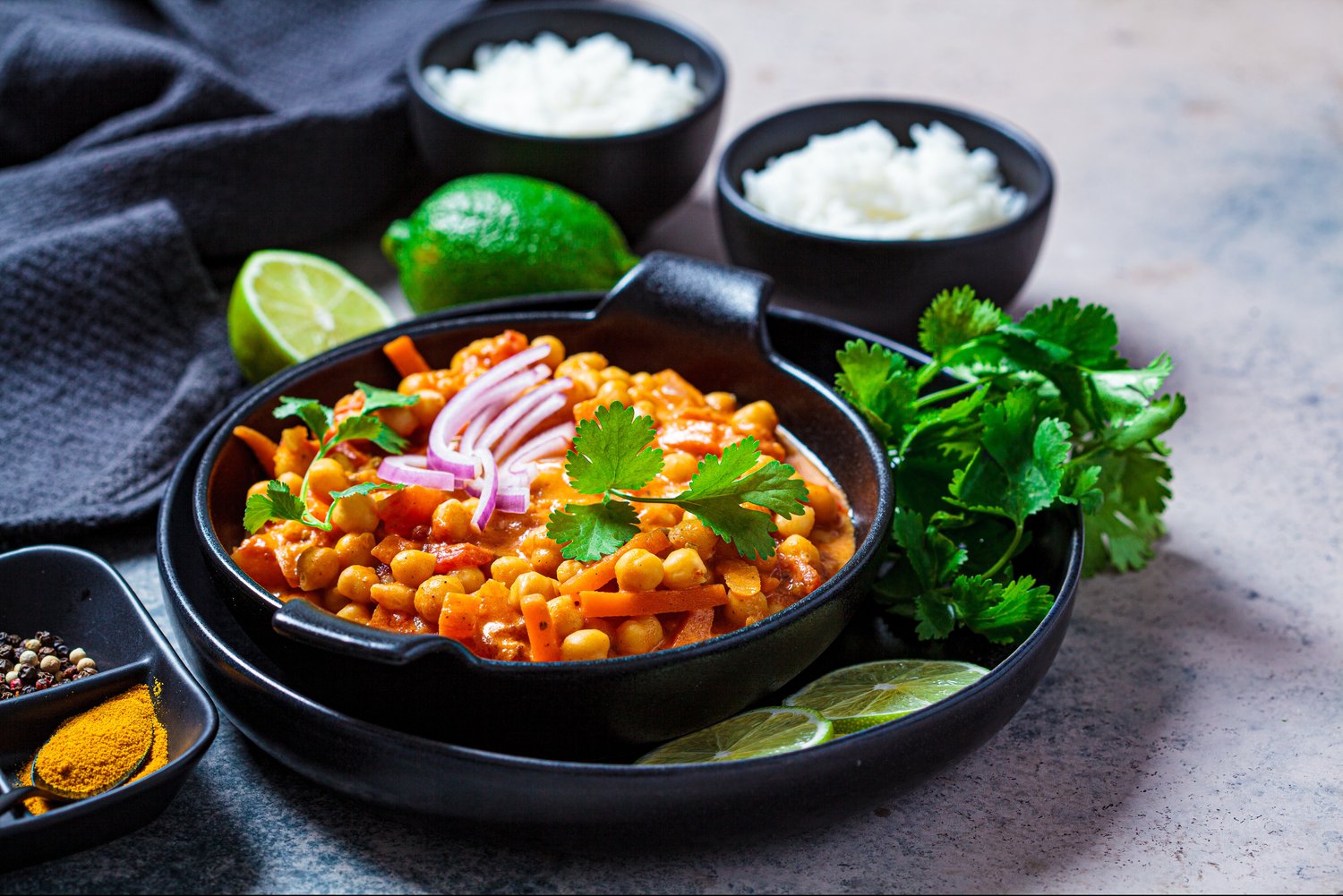Join me on a gastronomic train to nutrition city, with meals cooked from pulses. One of the world’s most versatile staples, pulses (lentils, split peas, chickpeas, beans, and dried soya beans) are the hero foods of this blog. How can you make meals taste great with them? And how can you employ them in the pursuit of better health? This article aims to teach you just that and much more.
Pulses are edible seeds of the legume family plants (beans, lentils, chickpeas, and peas) and offer the biggest contribution per calorie in a single serving. This ranges from 125-250 calories. Pulses also provide high levels of protein, fiber, vitamins, and minerals.
But perhaps the most important thing, why should you care about pulses is that these tiny legumes offer a veritable medicine chest of health benefits, from thwarting heart disease to helping you lose weight. They are the little-known source of big-time health, and if your larder is anything like mine they need to get there as soon as possible.
The Pulse of the Matter:
As we’ve mentioned above, Pulses are the nutritious edible seeds of plants in the legume family, such as beans, lentils, chickpeas, and peas. At a mere 125-250 calories per serving, pulses are mighty nutrient-dense, providing high levels of protein, fiber, vitamins, and minerals. You can find some pulse recipes here.
But most importantly – why should you care about pulses? Simply put, these little legumes offer a near-endless array of health benefits, from beating back heart disease to helping you shed unwanted pounds. They’re the under-heralded health food of the future and, if your store cupboard is anything like mine, they should contain a wide variety of these for health, nutitional value and most importantly for the meal variety purposes.
Addressing Your Concerns:
But don’t panic. Cooking with pulses has never been more welcoming. It’s quicker than you think, it’s delicious, and it will impress your friends and family – seriously. After learning about the benefits of eating pulses, you might be thinking that cooking with them will be a hassle. You’re probably wondering if it will take you longer to cook a meal, and you’re probably also wondering if your family will like it.
Now relax and take a deep breath, as it is much easier than you think. I know exploiting pulses in the kitchen can sound daunting, but no major skills are required (especially if you have the right recipes).
I don’t know what your associations might be – but think beyond colorless sludge. A bit of flair and clever seasoning can lift pulse-based dishes to new gastronomic heights. There are several quick and healthy pulse recipes that will guide you well along the path of preparing quick, tastey and healthy pulse based meals, that will have your friends or family begging for more (seconds).
The Road to Mastery:
To get well on your way on the road to mastering pulses and other healthy meals, then grab your detailed recipes ebook here, and get going immediately.
Or to continue making your way along the road to mastery:
Then exactly how is pulse-based cooking done? Pretty easily, in fact: here are a few points to get you started on the road to gastronomic success
1. Staples: Stock up on staples: pulses such as dried beans, lentils and chickpeas will become your
pantry’s almighty staples, the basis for so many exciting dishes.
2. Mix it up: Don’t be afraid to be a little creative when it comes to cooking with pulses. Think about
combining flavors and spices in different ways, and experimenting with different cooking methods.
3. Make a plan: One of the best ways to succeed in your kitchen is to plan your meals ahead of time. Set aside some time each week to plan your meals and prep ingredients where possible.
4. Variety Is Key: The best part of cooking with pulses is how many variations there are, from filling soups
and stews to colorful salads and dips.
5. Cooking For Two: importantly share your passion with friends and family. Invite them to cook with you and have fun creating pulses-based foods together.
6. Soak it Up: If you’re cooking dried pulses, soak them overnight, or at least a few hours before you plan
to cook with them. It helps to hasten the cooking time, but it also helps digestion and nutrient absorption hours.
7. Do not overcook: When cooking pulses, be careful not to overcook them; pulses that are overcooked
will easily disintegrate. Also, you don’t want to overcook them, otherwise, they’ll go flabby and lose their
flavor and texture. They must always remain slightly firm and consistent.
8. Salt with abandon: Pulses are earthy on their own, so season generously with preferably natural seasoning. Experimenting with different herbs, spices, and seasonings to add depth and variety to your dishes.
9) Think Outside the Plate: While pulses can be delicious, main dishes or side dishes, don’t forget about the potential of other pulse foods. Used to thicken soups and sauces, and add grainy texture, baked goods, or even create flavorful dips and spreads.
10. Be Inspired: Lastly, don’t be afraid to get into cookbooks, cooking blogs, and social media for some additional inspiration: there are thousands of tasty pulse-based recipes waiting to be discovered and tried!
Super healthy pulse recipes are contained in The Healthy Dinner Ebook (Get 50% off The Quick & Healthy Breakfast Ebook, when purchased with the Dinner Ebook), get both here.
Ten Free Pulse Recipes:
1. Cana masala (Indian Chickpea Curry): A luscious, spiced curry featuring chickpeas, tomatoes, onions, and myriad spices.
2. Lentil Soup: This cozy, protein-packed vegan soup is made with lentils, vegetables, and warm spices will keep you nourished until spring.
3. Black Bean Tacos: Soft tortilla shells filled with spiced black beans, then adorned with fresh salsa,
avocado and cheese.
4. Hummus: Pureed chickpeas mixed with the ingredients of tahini, lemon juice, garlic and olive oil into
a beautiful, creamy, and versatile dip, lending itself to being used as a dip or smeared on a sandwich.
5. Rajma (Indian Red Kidney Bean Curry): Kidney beans cooked with tomatoes, onions, and spices in a
thick gravy and served with rice.
6. Split Pea Soup: This soup contains, Split peas, carrots, celery, onion and ham or bacon. It can be discribed as comfort food with a kick.
7. Falafel: fried balls of ground chickpeas, onions, garlic, and herbs in pita bread with tahini and
vegetables.
8. Dal Makhani (Indian Creamy Lentil Curry): Black lentils and kidney beans are slow-cooked in cream
and butter, until rich.
9. Bean Salad: A refreshing salad that combines red beans, green beans, bell peppers and onions,
served with a tangy vinaigrette and thought to be appropriate for picnics and potlucks.
10. Soybean Stir-Fry: Soybeans plus vegetables plus a delicious sauce equals a fast, simple stir-fry, over
some rice or noodles, for a basic meal.
Get yourself a copy of the VPO Healthy Ebook Here. It's an even more thorough manual of cooking with pulses — with a section on Pulse, a wider food preparation guide, and ideas to combine ingredients to get the best on your plate. So you’re ready to take the plunge into the enchanting World of Pulse Cooking. Roll up your sleeves and let your imagination run endless with every pulse meal you intend to dish up. To those you cook for — be it yourself, your family, or your friends — know that every meal is another step, towards building a body that is the very best it can be — and one that knows how to enjoy what it eats.
Cheers to better health and bliss – one glorious pulse meal at a time! Find more tasty and nutritious ideas in VPO Healthy Recipe’s Ebooks.
You are now ready to cook like a pro, with verve and expertise! Find these and many more in our healthy recipe books here. Until next time, happy cooking!
Links
To find out how you can get 4 healthy recipe Ebooks free, then check out the VPO Platinum Lifestyle Membership Here. It contains 15 lifestyle (rewards, discounts, and savings) benefits/ Including links to over 50% of vacations and worldwide sea cruises.
Healthy eating that targets specific organs in your body here.
Healthy eating through healthy cookware here


